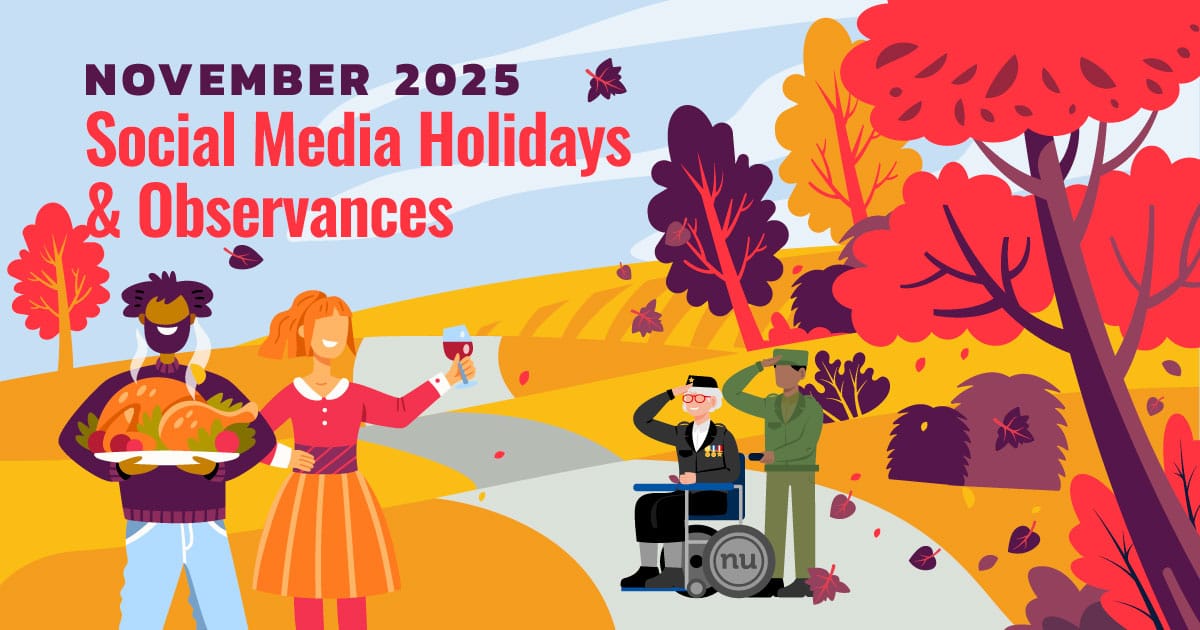
I was recently at the grocery store and running a little late on my way to an event. With only a few items in my handbasket, all the open checkout lanes were backed up by three-to-five carts. We’ve all been there. It happens…but then I see it: the express lane. As long as I’ve got 10 items or fewer in my basket I could be on my way in no time! I step into line and am behind only a few folks so things are really looking up before I notice a couple of potential problems. First, the cashier who management chose to schedule on the express lane that day was moving at a leisurely pace. Next, a lack of enforcement of the “10 items or less” rule was making this experience anything but consistent with the lane’s primary brand: express. Finally, most people had handbaskets–as did I–and the cashier was requesting that customers remove the items from those handbaskets prior to their ringing them in. An unnecessary double-move of the items when the cashier could have simply pulled them out and rung them through in one single move? You never double-move! Seinfeld-esque though this observation may be, the inefficiency was only posing more problems for this “express” lane.
As I stood in line weighing my options between a Reese’s Big Cup or a single-serving Cheetos bag should I be there long enough to require sustenance, it occurred to me that there were a few good metaphors here which might speak well to why brand and marketing must align with day-to-day management to create positive, consistent customer experiences. Is this one of the sillier things that have ever inspired a blog post by me? Yes. Am I being a drama llama to make a point? Also yes, but here it is anyway.
 How we staff, train, and place team members directly affects customer experiences with our brand. As we often do in any line, I looked around at the others to see how quickly they were moving by comparison. Watching people with cartloads of groceries move through their lines at roughly the same pace as this express lane provided a solid enough baseline for me to say: this cashier was the slowest of any working at that time. From my, or any reasonable customer’s perspective, it seemed that any other lane or perhaps the customer service desk would have been a better spot in which to place this team member. Their struggles with technology and propensity for extended conversations in an express environment could likely be improved with more training. Take the long-winded chatter away from the express lane and it might be considered a pleasant feature, but when paired with the other speed bumps, the express lane became a slow lane and this store was delivering a customer experience that no longer aligned with the brand they put forward via that service offering. Similarly in our own businesses, if we’re to provide the customer experience we’re marketing then we’ve got to remain thoughtful about how we match our team members to their job and then ensure they’re both well-trained and equipped to deliver.
How we staff, train, and place team members directly affects customer experiences with our brand. As we often do in any line, I looked around at the others to see how quickly they were moving by comparison. Watching people with cartloads of groceries move through their lines at roughly the same pace as this express lane provided a solid enough baseline for me to say: this cashier was the slowest of any working at that time. From my, or any reasonable customer’s perspective, it seemed that any other lane or perhaps the customer service desk would have been a better spot in which to place this team member. Their struggles with technology and propensity for extended conversations in an express environment could likely be improved with more training. Take the long-winded chatter away from the express lane and it might be considered a pleasant feature, but when paired with the other speed bumps, the express lane became a slow lane and this store was delivering a customer experience that no longer aligned with the brand they put forward via that service offering. Similarly in our own businesses, if we’re to provide the customer experience we’re marketing then we’ve got to remain thoughtful about how we match our team members to their job and then ensure they’re both well-trained and equipped to deliver.
Customer-facing policies must be consistently enforced to create positive, consistent experiences for customers. First of all, if you’re the kind of customer who miscounted and accidentally brought 11 items into the 10 items or less lane, I’m not here to give you a hard time (that’s what my inner monologue is for). But if you’re bringing much more than that, shame on you! Not only is it inconsiderate of other customers but it places the store in the awkward position of having to correct you. That said, it is the responsibility of the store to correct you as their consistency with this customer-facing policy helps shape a reliable customer experience for every customer behind you. Their ability to deliver a positive, consistent experience that aligns with their marketing will ultimately determine whether customers will choose to rely on them as their store of choice. Whether this is an express lane at a grocery store or a customer safety policy in your own business, consistency is key.
 Customers can spot inefficiencies from the back of the line and where those inefficiencies create a conflict between their experience and our marketing, it’s our responsibility as leaders to realign our customer experience efforts. Ah yes, we’re back to the episode of Seinfeld in which George double-moves and Jerry exclaims “you never double-move!” which of course eventually got replaced by the famous “double-dip” storyline. Having been instructed by cashiers to both remove the items from my handbasket before they ring them through, as well as to keep the items in my handbasket by other cashiers at the same store, I’m not certain exactly what they’re trained to do here. I can however be sure that keeping my items in the basket would save space on the counter for more customers as well as time for both customers and the store, further reinforcing the express lane’s marketed purpose. Now, this might be the smallest of my grocery store grievances from that (insert drama llama) fateful summer day by far but inefficiencies–whether in your day-to-day internal operations or customer interactions–can be costly for your business. They cost you time and money and when they cost your customer time or convenience, they could cost you business.
Customers can spot inefficiencies from the back of the line and where those inefficiencies create a conflict between their experience and our marketing, it’s our responsibility as leaders to realign our customer experience efforts. Ah yes, we’re back to the episode of Seinfeld in which George double-moves and Jerry exclaims “you never double-move!” which of course eventually got replaced by the famous “double-dip” storyline. Having been instructed by cashiers to both remove the items from my handbasket before they ring them through, as well as to keep the items in my handbasket by other cashiers at the same store, I’m not certain exactly what they’re trained to do here. I can however be sure that keeping my items in the basket would save space on the counter for more customers as well as time for both customers and the store, further reinforcing the express lane’s marketed purpose. Now, this might be the smallest of my grocery store grievances from that (insert drama llama) fateful summer day by far but inefficiencies–whether in your day-to-day internal operations or customer interactions–can be costly for your business. They cost you time and money and when they cost your customer time or convenience, they could cost you business.
Was all of this about a checkout lane? Of course not. Do I still shop at my friendly neighborhood market? Of course I do. But I do believe this little story can show us how easily customer experience in something even as small as an express lane can fall out of alignment with its company’s marketing. If we can be mindful of that and work to ensure the customer experiences we’re delivering–no matter how small–follow through on the intentions and promises of our own marketing, the table will remain set for growth. Stay tuned for my next blog about why I believe the self-checkout lane should require a test that demonstrates that the customer has their shit together prior to being allowed to use it. I kid of course, but I do hope you found this dramatic little metaphor helpful in your own marketing journey.
Note: As of the publishing of this post, I’d go with the Reese’s Big Cup.

